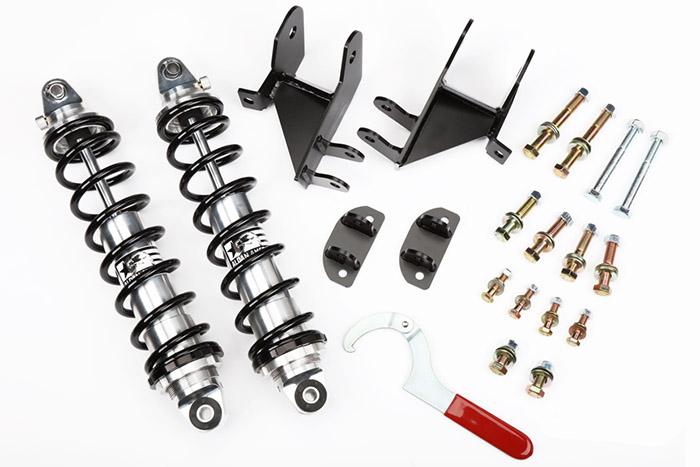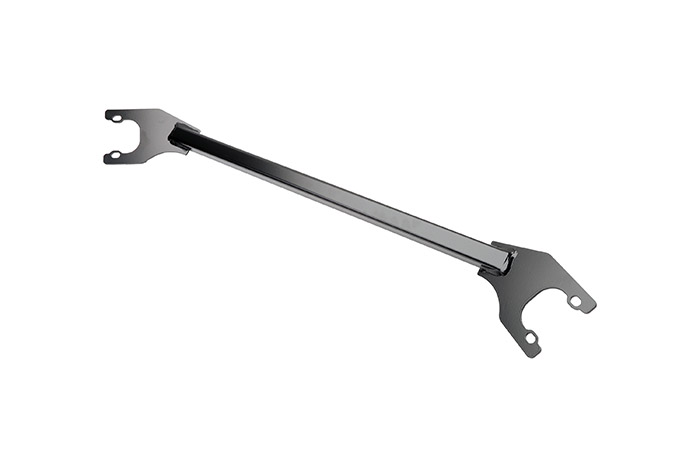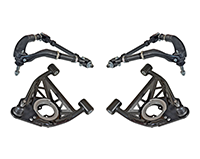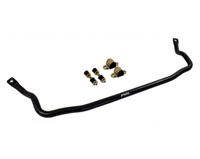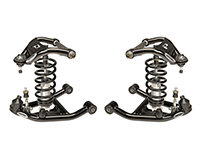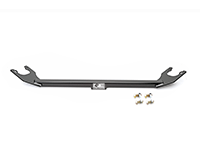Mixed Identity on Wheels: Was the Chevrolet Monte Carlo a Muscle Car or a Luxury Cruiser?

Since the introduction of the Chevrolet Monte Carlo in 1970, opinions of Bow Tie enthusiasts have been split. Some celebrate it as a muscle car, while others view it as a personal luxury coupe. Is it one or the other, or could it be both?
This disagreement in perception is reminiscent of classic ads that played with the idea of multipurpose products. Consider the iconic old-school Certs commercial, “It’s a candy mint. It’s a breath mint. No, it’s two mints in one!” or the “Saturday Night Live” spoof for Shimmer aerosol, pitching it as “it’s a dessert topping! It’s a floor wax!“
These ads highlight the Monte Carlo’s unique positioning—equally capable of delivering luxury and performance. This article will explore how Monte Carlo has united and divided Chevrolet enthusiasts, showcasing its dual legacy.
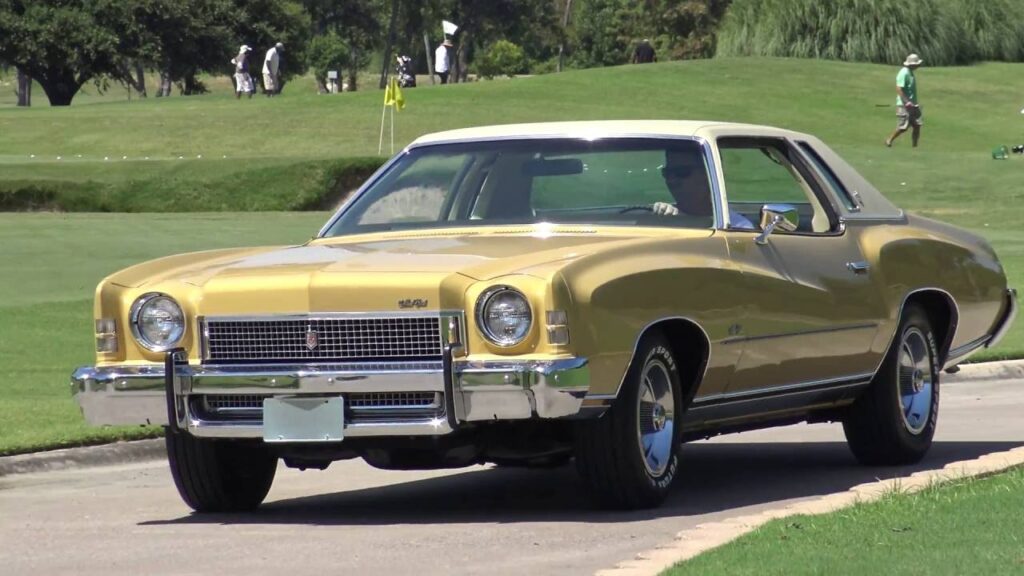
The Case for the 1970-1988 Monte Carlo as a Personal Luxury Coupe
The Chevrolet Monte Carlo, spanning its production years from 1970 to 1988, epitomizes the characteristics of a personal luxury coupe through its design, features, and market positioning. Here’s why:
1. Stylish Design and Comfort-Oriented Features
From its inception, Chevrolet marketed the Monte Carlo as a stylish, luxury vehicle. The 1970 model introduced a distinct, sweeping body style with a long hood and a short deck, a design cue emphasizing elegance and sophistication. Through those years, interior amenities such as plush seating, rich trim, power windows and locks, air conditioning, and upgraded audio systems have catered to those seeking comfort and luxury over outright performance. The 1973 model, for example, could be outfitted with swivel bucket seats and a landau roof, enhancing its appeal as a personal luxury car.
2. Engine Options and Performance Tuned for Comfort
While the Monte Carlo did offer some potent engine options, such as the 454 big-block V8 available in the early ’70s, the focus was not primarily on muscle but on a balance of performance that did not sacrifice ride quality. The vehicle’s suspension was engineered to prioritize a soft, comfortable ride over high-speed handling. This tuning aligns with the expectations for a personal luxury car, where the driving experience is relaxed and refined rather than sporty.
3. Market Positioning and Consumer Perception
Chevrolet strategically positioned the Monte Carlo against other personal luxury coupes like the Ford Thunderbird and the Chrysler Cordoba rather than outright muscle cars. Marketing materials from the era highlighted the Monte Carlo’s luxury and style rather than its speed or power, appealing to buyers who prioritized status and comfort. Consumer feedback and sales data from the time indicate that buyers often chose the Monte Carlo for its luxurious appointments and daily drivability, further solidifying its identity as a personal luxury vehicle.
Why the Monte Carlo Should be Considered a Personal Luxury Car
We understand why the Chevrolet Monte Carlo, emphasizing luxury design elements and comfort-oriented engineering, is considered by many to be a personal luxury coupe. While it did possess some characteristics of a muscle car, particularly in specific model years with more powerful engines, its legacy and most consistent attributes align more closely with the personal luxury segment.

The case for the 1970-1988 Monte Carlo as a Muscle Car
The rear-wheel drive Chevrolet Monte Carlo is a compelling case for many as being a muscle car, especially considering its performance capabilities and styling cues in certain model years. Here’s why the Monte Carlo should earn its place alongside recognized muscle cars:
1. Performance-Oriented Engine Options
Throughout its first generation (1970-1972), the Monte Carlo offered several high-performance engine options that are quintessential features of muscle cars. Notably, the 1970 and 1971 models were available with the big-block 454 cubic inch V8 engine, producing up to 360 horsepower. This engine enabled the Monte Carlo to deliver robust acceleration and power, rivaling contemporary muscle cars. The SS 454 package, available in 1970 and 1971, also included performance upgrades such as a four-barrel carburetor and dual exhausts, enhancing its muscle car credentials.
2. Muscular Design and Aesthetics
Monte Carlo’s design elements also echoed the ethos of the muscle car. The Monte Carlo shared its long hood, short rear deck, and aggressive styling with other era muscle cars.
The first generation SS models featured sportier cues like racing stripes and rally wheels, accentuating its performance-oriented appearance. These aesthetic choices resonated with muscle car enthusiasts who valued performance and bold, standout design.
3. Performance and Handling Upgrades
Including performance-tuned features such as heavier-duty suspension systems in the first generation SS versions, a Turbo-Hydramatic transmission, and quicker steering ratios further bolstered the Monte Carlo’s muscle car status. These features enhanced the car’s handling and drivability under high-speed conditions, a hallmark of muscle car functionality.
Chevy brought the SS package back for the model years 1983-1988, and while powered by a 5.0 HO V8, it featured an F41 suspension upgrade and unique styling and wheels and tires. Improvements over the production years included a limited slip diff, bucket seats and a floor shifter.
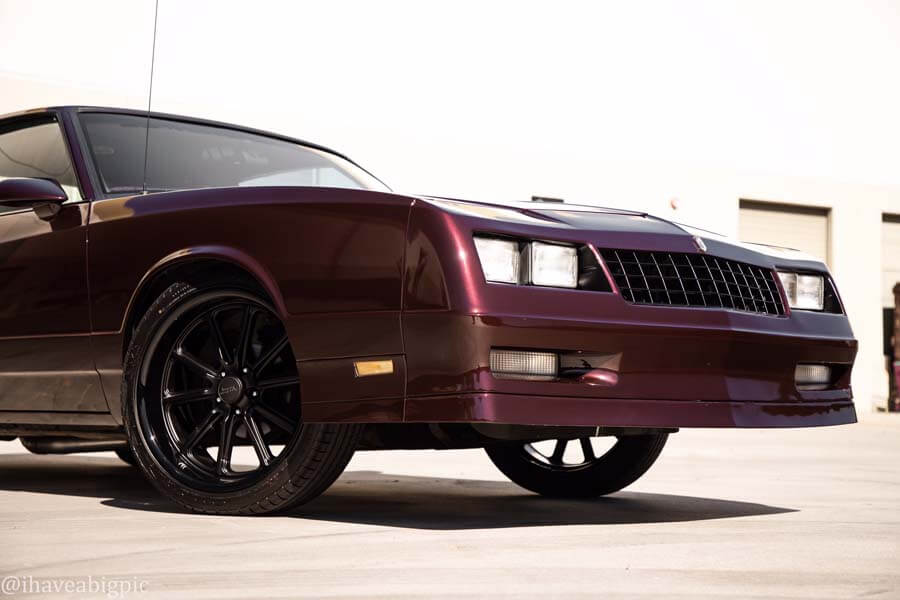
1973-1977

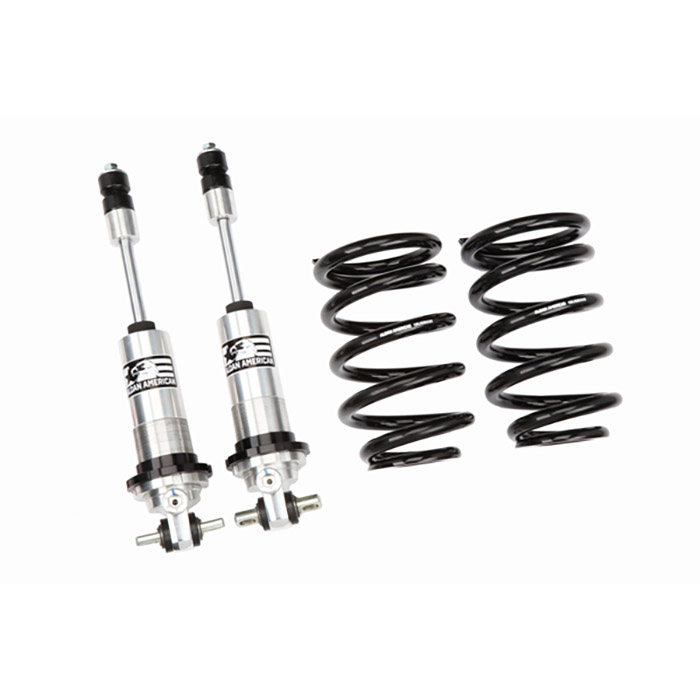
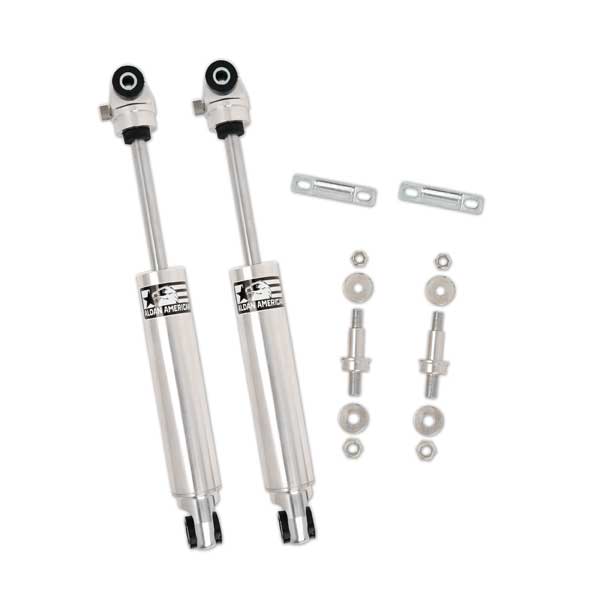
Why the Monte Carlo Should be Considered a Muscle Car
Given its powerful engine options, performance-focused design, and significant presence in American muscle car culture, the Chevrolet Monte Carlo deserves recognition as a muscle car, particularly in its SS configurations. While it also embodies elements of a personal luxury coupe, its performance pedigree and styling firmly anchor it in the muscle car domain.
Why Can’t it be Both?
The Chevrolet Monte Carlo uniquely straddles the line between a muscle car and a personal luxury coupe, its identity primarily defined by the specific trims and options chosen.
In its muscle car guise, particularly evident in the 1970-1971 Super Sport (SS) models equipped with potent V8 engines like the 454 cubic inch big-block, the Monte Carlo showcased all the hallmarks of classic American muscle—powerful performance, aggressive styling, and sports-oriented handling enhancements.
Conversely, when outfitted with luxury trims, the Monte Carlo emphasized comfort and elegance, featuring plush interiors, sophisticated design elements, and a smoother, quieter ride typical of luxury vehicles.
This duality allowed the Monte Carlo to appeal to a broad spectrum of buyers, catering to those looking for raw power and performance and those seeking a more refined and comfortable driving experience.
1978-1988

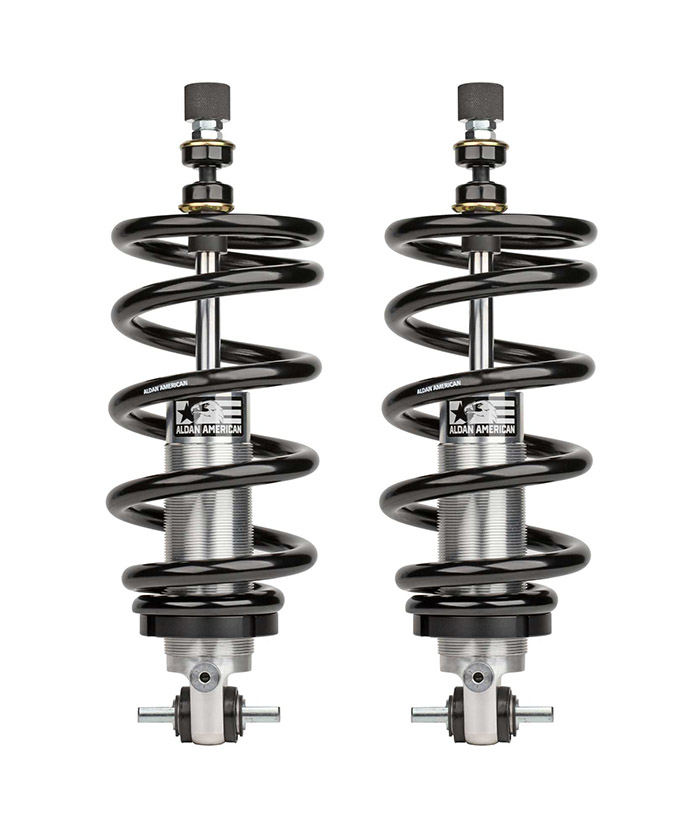
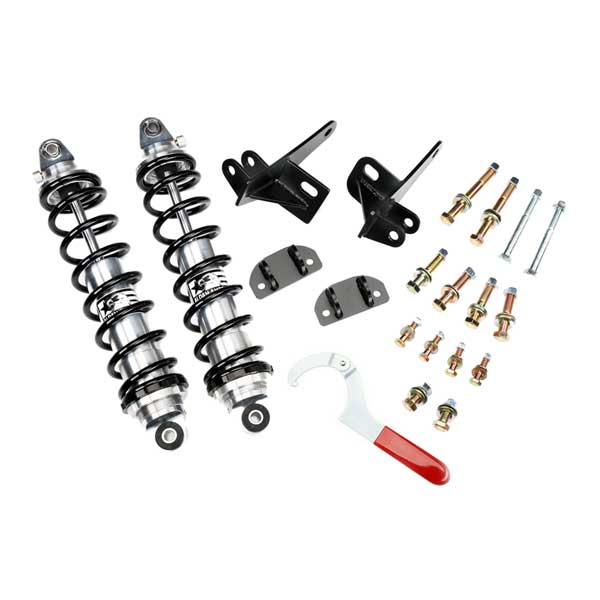
Why Aldan American has the Right Solution for Monte Carlo Owners, no matter how they drive
Aldan American coilover conversion kits offer Chevrolet Monte Carlo owners a versatile solution that caters to diverse driving preferences.
For those aiming for comfort, the kit can be adjusted to a softer setting, enhancing the car’s ability to absorb road imperfections and providing a more luxurious driving experience typical of a personal luxury coupe.
On the other hand, enthusiasts looking for enhanced performance can take advantage of the kit’s ability to be dialed into a firmer setting, which reduces body roll and improves handling for more spirited driving.
Products available for the 1970-1988 Chevrolet Monte Carlo include adjustable aluminum coilovers, four-wheel coilover conversion kits, and front suspension coilover kits, including upgraded control arms.
This adaptability makes the Aldan American coilover kit ideal for Monte Carlo owners who wish to customize their ride according to their specific needs and preferences, seamlessly blending luxury with performance.
Related Products
HOW CAN WE HELP YOU?
Call us and we will help you find the right part for your vehicle.



